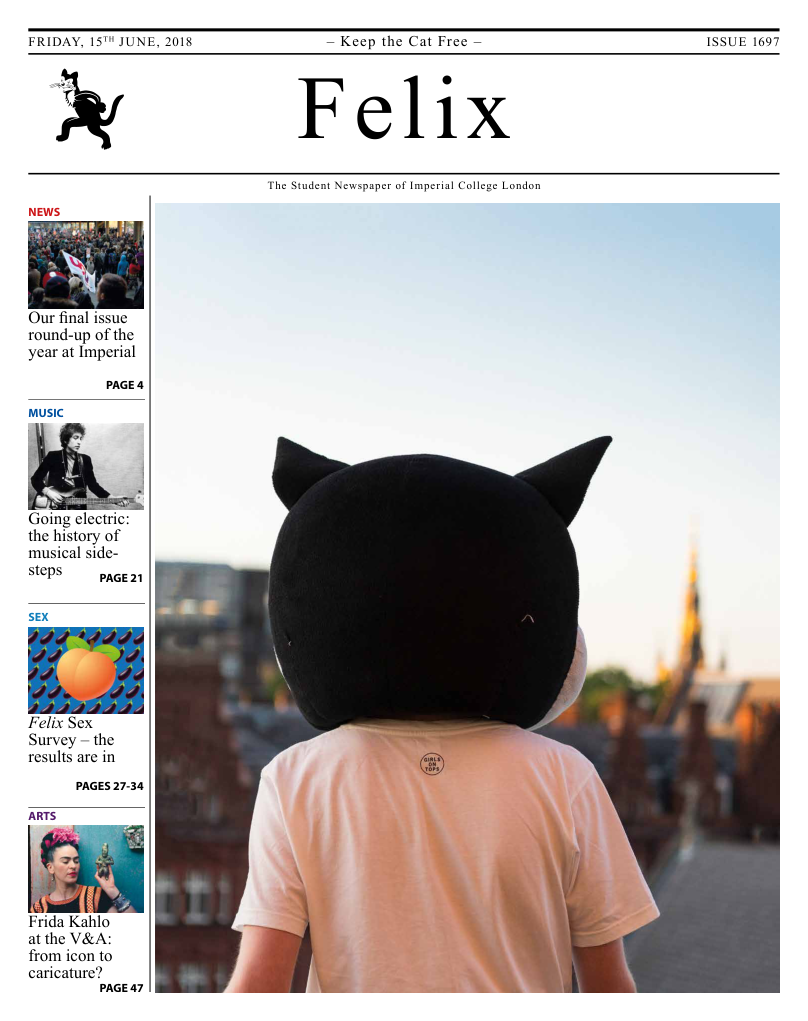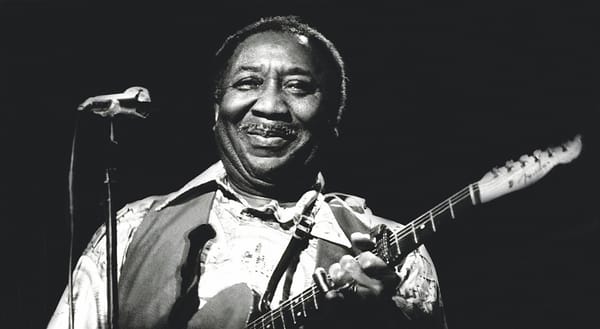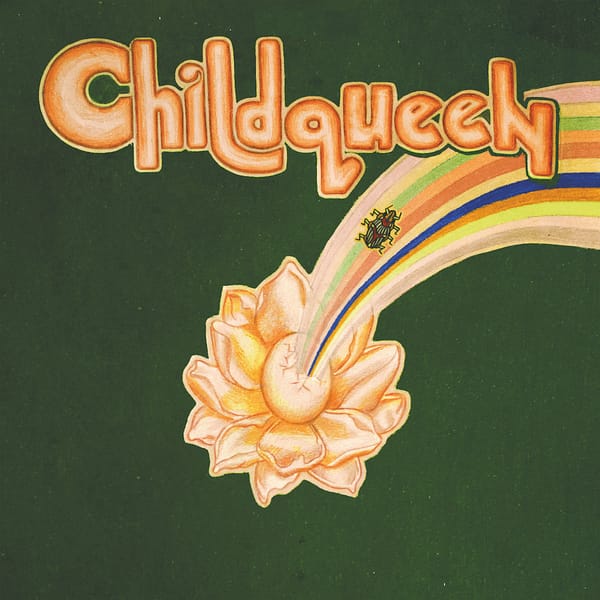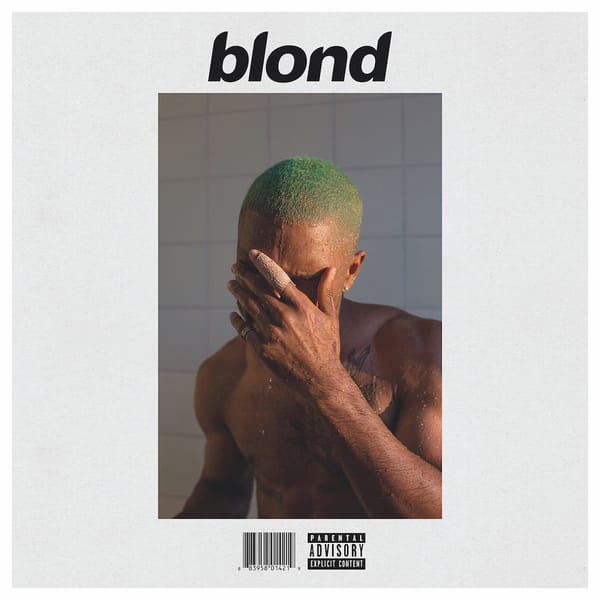The times, they are a-changin’: a precarious balance of alienation and progression
This article started life as a thinkpiece. It then became a listicle, before reverting back to thinkpiece. Whatever form it now takes, it’s my final article of the year so you’d better bloody enjoy it.

The recent release of Arctic Monkeys’ Tranquillity Base Hotel & Casino divided fans. A far cry from the angst-laden and frenetic rock of the noughties, TBH&C brought with it a toned-down, lounge vibe, filled with nuances and subtleties rather foreign to their previously brash and unapologetically frank discography. While many embraced their new sound, a not insignificant subset heralded the swerve as a betrayal of their original fanbase.
Despite the widespread uproar, this change of musical direction pales in comparison to some of those taken by crucial artists throughout history. In each, a bold risk was taken – potentially alienating the very people whose support enabled them to take the leap in the first place. Inevitably, many flopped. Others, however, changed the musical landscape for good.
Dylan goes electric
In the early sixties, Bob Dylan was a figurehead of folk. Only acoustic guitar and harmonica accompanied his carefully crafted narratives and protest songs. He was pointed and political, often labelled the “spokesman of a generation”. Not content to be confined to this niche, however, Dylan left fans aghast when his March 1965 album Bringing It All Back Home included a side of songs, simultaneously the densest and shallowest of his canon, backed by an electric band. A few months later at Newport folk festival, he arrived on stage leather-clad and Stratocaster-adorned, and, with the snap of a snare, immediately launched into new hit ‘Like A Rolling Stone’. “How does it feel?!” he sneered over the boos and jeers, with a swagger before unseen. It may have turned away a generation, but it also cemented his position in music history: he was a rockstar.
If ya say so, computer
If OK Computer chronicles humanity’s struggle against machines, Kid A prophecies a dystopia within which the robots won. With one side of the Atlantic launching grunge and the other championing Britpop, the Radiohead of the mid-nineties was inevitably one of guitar driven belters and ballads. Kid A was a landmark of change. A full three years on from their previous release, it ushered in the new millennium with synthesisers and arpeggiators. Hooks were sparse, soundscapes bleak, and not a guitar in sight. Nowadays it doesn’t seem all that revolutionary – they kinda made innovation and surprise their thing, and it’s very easy to retrospectively say it was an obvious move – but back in 2000, one of the most acclaimed rock bands of the era releasing a fully electronic album certainly shook things up a bit. Swathes of adoring fans renounced them, but it resonated with many more, and the vibrations are still felt to this day.
“One of the most acclaimed rock bands of the era releasing a fully electronic album certainly shook things up a bit”
The Chameleon King
As anybody who’s been keeping up with Felix Music over the past year will know, I can rarely go a full article without mentioning one Mr. David Robert Jones. But here (for once) it’s not without good reason. Springing from whimsical psychedelic folk in the late sixties, Bowie hit the seventies like a riff-laden, skin-suited, glam-rock train, which chugged away for half a glitter-filled decade. The difference at this juncture, however, is that Bowie didn’t alienate his fanbase. He didn’t really have one to alienate. Not at this point at least.
By the end of 1969, he’d been dismissed as something of a one-hit wonder, his sole outing chiefly thanks to the BBC’s inclusion of ‘Space Oddity’ in their coverage of the moon landing. He later found his break as the mullet-sporting Ziggy Stardust, and the rest is history. Except it’s not.
The persona of Ziggy was killed onstage in 1973, and by ’75 Bowie had dropped glam rock altogether, switching to the blue-eyed soul sound of Young Americans. This was a drastic sidestep not only because of the change of timbre but also as it made him one of the first English pop artists to embrace a style that had until then largely resided within black America. Whether appropriative or appreciative is a different argument, but either way fans and critics were left torn and confused.
It wasn’t to last though. His next album, Station to Station, saw him fuse funk with krautrock as the slicked-back, cocaine-addled Thin White Duke. From there he began to experiment with art rock, electronic and ambient music, as part of his Berlin Trilogy with longtime friend and collaborator Brian Eno.
I won’t bore you with all the details of his subsequent works, but let it suffice to say he hopped into new-romanticism, flirted with disco, sported some chart success (his ‘Phil Collins Years’), tried his hand at world music, formed a boyband, hit up industrial, drum n bass, jazz, and much, much more. With each twist, some fans were lost and some gained; the net result wasn’t always positive.
I think to an extent every artist is restless. No one wants to define or be defined by a sole look, genre, or rhetoric. But few illustrated that irrepressible agitation and hunger for change better than David Bowie.










